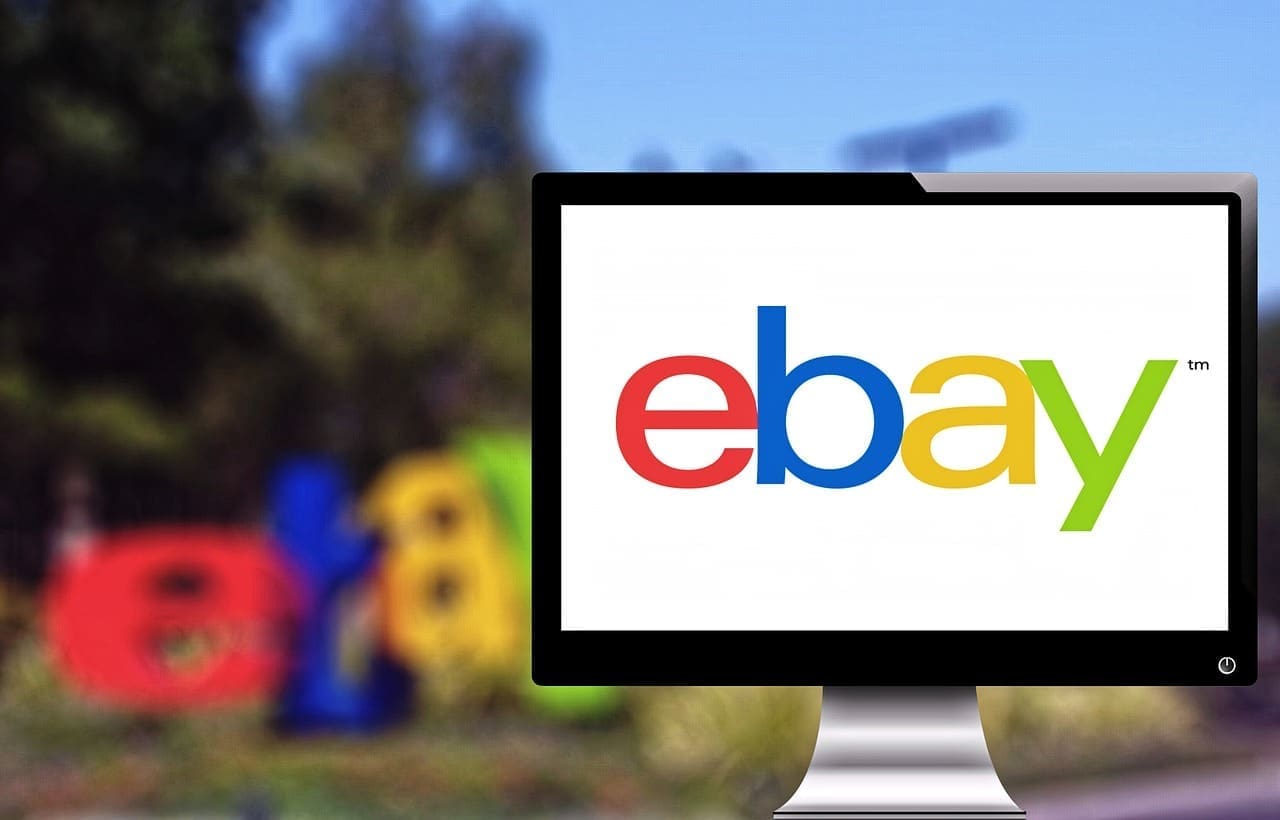Creating a marketplace app akin to eBay involves a multifaceted approach, encompassing strategic planning, robust development, and continuous iteration. This comprehensive guide outlines the essential steps, technologies, and considerations to develop a scalable and feature-rich marketplace application.
1. Understanding the Core Features of eBay
Before initiating eBay like marketplace app development, it’s crucial to comprehend the fundamental features that constitute a marketplace application like eBay:
- User Registration and Profiles: Secure sign-up/login, user dashboards, and profile management.
- Product Listings: Detailed item descriptions, images, pricing, and categorization.
- Search and Filters: Advanced search functionality with filters for categories, price ranges, and other attributes.
- Shopping Cart and Checkout: Seamless addition of items to the cart and a streamlined checkout process.
- Payment Integration: Support for multiple payment gateways like PayPal, Stripe, and credit/debit cards.
- Order Management: Tracking orders, order history, and status updates.
- Ratings and Reviews: User feedback mechanisms for products and sellers.
- Messaging System: In-app communication between buyers and sellers.
- Admin Dashboard: Comprehensive control panel for managing users, listings, transactions, and site settings.
2. Planning and Designing the Application
a. Market Research and Requirement Analysis
- Target Audience: Identify the demographics and preferences of potential users.
- Competitor Analysis: Study existing marketplace applications to understand their strengths and weaknesses.
- Feature Prioritization: Determine the essential features for the Minimum Viable Product (MVP).
b. User Interface (UI) and User Experience (UX) Design
- Wireframing: Create basic layouts to visualize the app’s structure.
- Prototyping: Develop interactive models to test user flows.
- Design Tools: Utilize tools like Figma or Adobe XD for designing interfaces.
3. Choosing the Right Technology Stack
a. Front-End Development
- Mobile Platforms: Use Swift for iOS and Kotlin for Android development.
- Cross-Platform Frameworks: Consider React Native or Flutter for developing both iOS and Android apps simultaneously.
b. Back-End Development
- Programming Languages: Node.js, Python, or Ruby on Rails for server-side development.
- Database: Use PostgreSQL, MongoDB, or MySQL for storing user data and product listings.
- Cloud Services: AWS, Google Cloud, or Azure for hosting and scalability.
- APIs: RESTful APIs or GraphQL for communication between front-end and back-end.
c. Third-Party Services
- Payment Gateways: Integrate with Stripe, PayPal, or Razorpay for handling transactions.
- Push Notifications: Use Firebase Cloud Messaging (FCM) or OneSignal.
- Analytics: Implement Google Analytics or Mixpanel for tracking user behavior.

4. Developing the Application
a. Setting Up the Development Environment
- Integrated Development Environment (IDE): Android Studio for Android and Xcode for iOS.
- Version Control: Use Git for tracking changes and collaborating with team members.
b. Implementing Core Features
- User Authentication: Implement secure login and registration using OAuth 2.0.
- Product Listings: Allow sellers to add, edit, and manage their product listings.
- Search Functionality: Implement efficient search algorithms for quick and accurate results.
- Shopping Cart and Checkout: Develop a seamless process for adding items to the cart and completing purchases.
- Payment Integration: Ensure secure and reliable payment processing.
- Order Management: Provide users with order tracking and history features.
- Messaging System: Enable communication between buyers and sellers within the app.
- Admin Dashboard: Develop a control panel for administrators to manage the marketplace effectively.
c. Ensuring Security and Privacy
- Data Encryption: Encrypt user data both at rest and in transit.
- Compliance: Ensure the app complies with data protection regulations like GDPR.
5. Testing and Quality Assurance
- Unit Testing: Test individual components for correctness.
- Integration Testing: Ensure that different modules work together seamlessly.
- User Acceptance Testing (UAT): Gather feedback from real users to identify usability issues.
- Performance Testing: Assess the app’s responsiveness and stability under various conditions.
6. Deployment and Maintenance
a. Launching the Application
- App Store Submission: Prepare the app for submission to the Google Play Store and Apple App Store, adhering to all guidelines.
- Marketing and Promotion: Develop a strategy to promote the app and attract users.
b. Post-Launch Support
- Monitoring: Track app performance and user engagement metrics.
- Updates: Regularly release updates to fix bugs, improve performance, and add new features.
- User Support: Provide channels for users to report issues and receive assistance.
7. Cost and Time Estimates
The cost of ebay like app development a marketplace app like eBay varies based on features, complexity, and development.
Final Words
Building a marketplace app like eBay in 2025 demands a blend of strategic planning, advanced technology, and user-focused design. By understanding the core features, selecting the right tech stack, and executing a robust development process, you can create a scalable, secure, and engaging platform that connects buyers and sellers effectively. Starting with a Minimum Viable Product (MVP) allows you to test the waters, validate your idea, and iteratively enhance the app based on user feedback. As the market evolves, continuous improvement, solid post-launch support, and responsive customer service will be key to long-term success in the competitive eCommerce landscape

